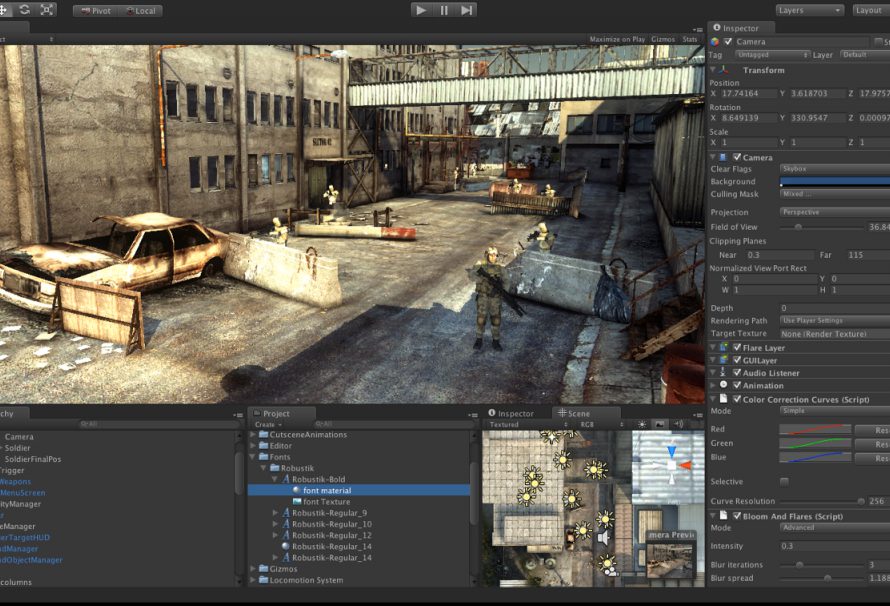Game development involves several steps, including planning and ideation, selecting a game engine, creating art and design assets, programming, and testing for quality assurance. Once the game has been created and tested rigorously, it can be deployed and released to the public. Game development relies on a team of developers, artists, designers, and testers to create an engaging gaming experience that keeps players hooked. The use of game engines and development tools can simplify the process of creating great games. With proper planning and execution, incredible games can be created that keep players engaged for long periods.
Introduction:
The gaming industry has rapidly evolved and gained immense popularity over the years. From the early arcade games to the immersive open-world games, gaming has come a long way. With the advancement of technology, game developers have been able to create complex and engaging gaming experiences that keep players hooked for hours on end. However, what is the process behind creating a game? How do game developers come up with the perfect gaming framework? In this article, we will take a journey into the world of game development and explore the process of creating the perfect gaming framework.
Planning and Ideation:
The first step in creating a game is planning and ideation. This step involves brainstorming ideas, determining the scope of the game, and creating a game design document. The game design document outlines the concept, mechanics, and features of the game. The document provides a blueprint that guides the development team throughout the project.
Game Engine:
Once the idea and design have been established, the next step is to select a game engine. A game engine is a software framework that developers use to create video games. Game engines provide developers with tools and functionalities that simplify the game development process. Some of the most popular game engines include Unity, Unreal Engine, and CryEngine.
Art and Design:
After selecting the game engine, the next step is to create art and design assets. This involves creating 2D or 3D models, textures, and animations for the game. The art and design assets bring the game to life and make it visually appealing. Game artists and designers use software such as Adobe Photoshop, Maya, and ZBrush to create assets for the game.
Programming:
Programming is the backbone of game development. Programmers work on the backend of the game, developing the code that makes the game run smoothly. Programmers use programming languages such as C++, C#, and Java to develop the game logic, AI, physics, and other functionalities.
Testing and Quality Assurance:
Once the game is developed, the next step is to test it rigorously. Testing ensures that the game is free from bugs, glitches, and other issues that may affect gameplay. Quality assurance is an essential part of game development, as it helps to ensure that the game meets the desired standards of quality.
Deployment and Release:
Once the game has been developed and tested, the final step is to deploy and release it. Deploying involves packaging the game and making it available for download or physical release. The game is then released to the public, and players can purchase and play it.
Conclusion:
Creating the perfect gaming framework is no easy feat. It requires a team of dedicated developers, artists, designers, and testers to work together to create an immersive gaming experience. The process of game development can be simplified by using game engines and development tools that provide developers with the functionalities needed to create great games. With the proper planning, ideation, and execution, game developers can create incredible games that keep players engaged for hours on end.
